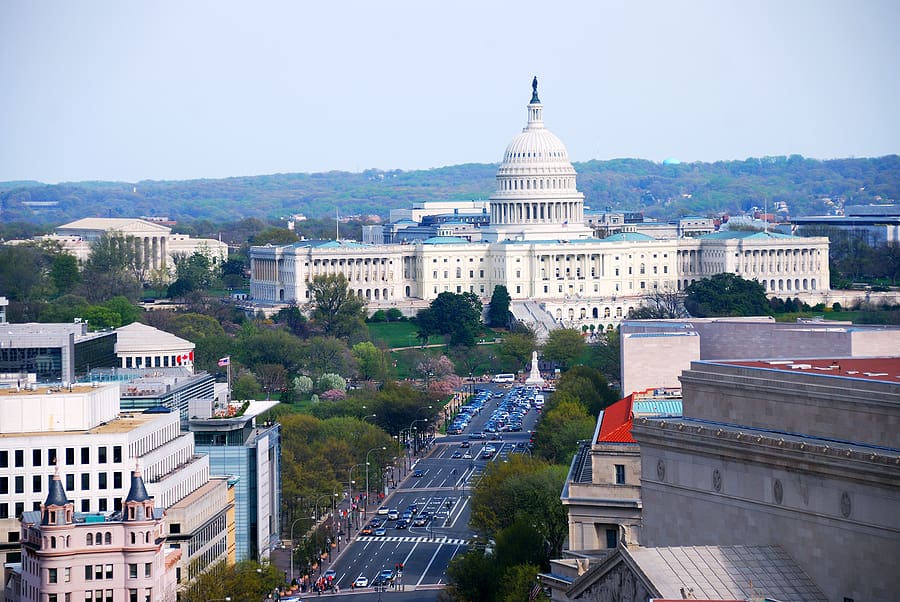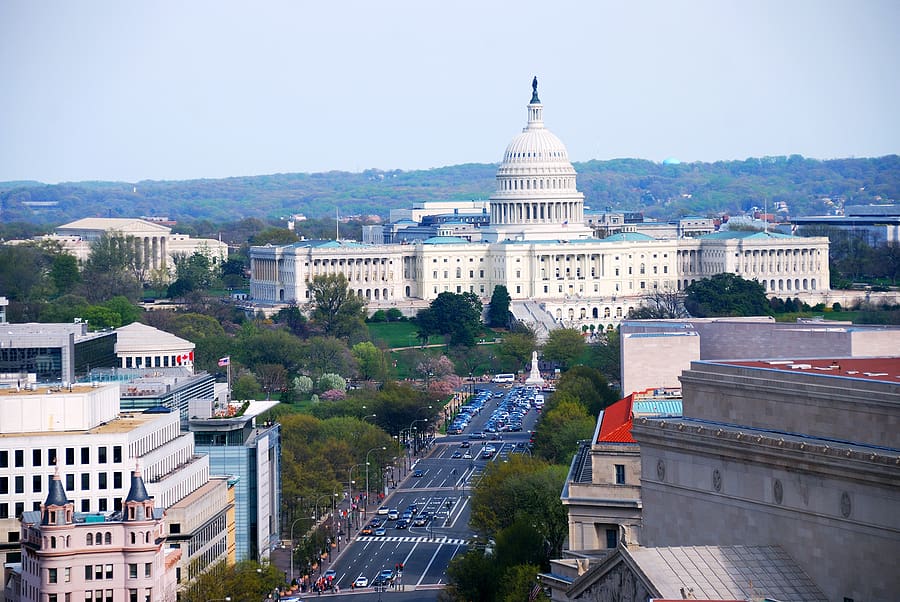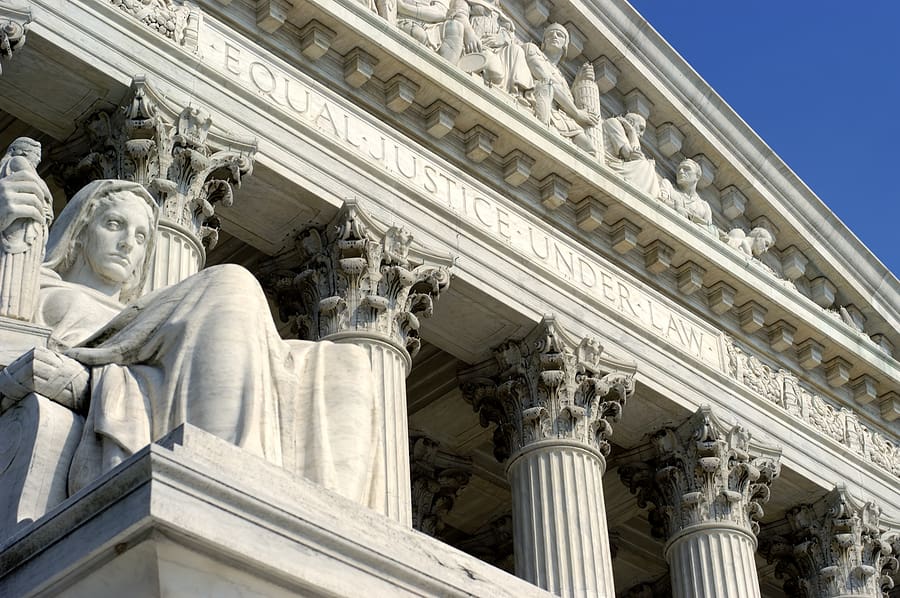What the Government Shutdown Really Cost America: Billions Lost, Confidence Shaken, and a Hard Lesson for Washington
ST. LOUIS, MO (STL.News) Government Shutdown – After weeks of political gridlock, finger-pointing, and a near standstill of federal operations, the full economic and social cost of the government shutdown is finally coming into focus. While Democrats and Republicans continue to dispute who bears the responsibility, the numbers themselves tell a sobering story: the shutdown extracted tens of billions of dollars in economic disruption, inflicted hardships on millions of American families, froze essential federal services, and left a deep mark on public confidence that will take far longer to repair than the government took to reopen.
The shutdown’s causes were rooted in a partisan standoff, but the fiscal consequences spread far beyond Washington. For all the political theater, the damage fell on taxpayers, businesses, investors, and everyday households—not on the lawmakers who sparked the impasse. And despite the reflexive tendency of some to blame Republican leadership for holding firm against excessive spending demands, the broader picture shows something else: the refusal by Democrats to negotiate meaningful budget controls amplified the crisis, deepened the economic pain, and prolonged a shutdown that could have been avoided.
What follows is a detailed breakdown of the shutdown’s costs to America, not just in terms of GDP, but also in lost wages, business confidence, operational failures, and a weakened view of government stability.
US Government Shutdown – A Shutdown With a Price Tag: Tens of Billions in Economic Disruption
Government shutdowns always bring measurable economic consequences, but this one, marked by both duration and scope, delivered a hefty blow. Estimates indicate that the shutdown cost the U.S. economy roughly $15 billion per week in disrupted output, totaling tens of billions of dollars in halted or delayed economic activity.
While much of that lost activity will be recaptured when government operations fully normalize, it doesn’t erase the immediate damage:
- Contractors halted work and face backlogs that may never be fully restored.
- Small businesses lost revenue, especially those dependent on federal workers or federal contracts.
- Consumers delayed spending, unsure about paychecks, benefits, or processing times for government services.
Even more concerning is the chunk of economic activity that will never return—estimated between $7 billion and $14 billion in permanently lost GDP. This includes lost hours of labor, unrecoverable output from closed federal offices, unprocessed permits, canceled travel, and the cascading effects on industries relying on federal personnel and data.
This isn’t theoretical economic modeling; it’s measurable damage that will show up in quarterly reports, business filings, and sluggish growth across sectors that depend on federal consistency.
US Government Shutdown – Federal Workers and Families: Billions in Missed Paychecks and Disrupted Lives
One of the most visible impacts of the shutdown was the strain on federal employees. While federal workers are guaranteed back pay after a shutdown ends, that does little to ease the immediate hardships faced during the standoff.
- Over a million federal employees missed paychecks, forcing some to drain savings or rely on credit.
- Roughly $9 billion in federal wages were delayed during the shutdown.
- Many hourly federal contractors—custodians, cafeteria workers, security personnel—will never receive back pay, meaning their lost wages are permanent.
The painful irony is that none of this was necessary. Had negotiations been allowed to proceed on spending restraint—something Republicans consistently pushed—pay interruptions would have been avoided entirely. Instead, the insistence on bloated budget demands turned government employees into collateral damage.
The effect extended beyond Washington. Communities with high concentrations of federal workers experienced significant local slowdowns: reduced restaurant traffic, delayed service appointments, lower retail spending, and postponed local travel.
These aren’t small ripples—they’re broad economic waves that hit families, neighborhoods, and local businesses simultaneously.
US Government Shutdown – Private-Sector Fallout: Job Losses, Delayed Investments, and a Dangerous Policy Fog
While federal workers bore the most visible burden, the private sector absorbed some of the heaviest economic punches. Even brief shutdowns disrupt the business cycle; this extended one magnified those issues dramatically.
Private-Sector Job Losses
Economists estimate that tens of thousands of private-sector workers lost their jobs due to halted federal contracts, shuttered offices, and stalled approvals. Those job losses occurred in:
- Construction
- Engineering
- Aerospace and defense
- Technology
- Consulting
- Local hospitality and transportation services
These are good jobs with stable wages—jobs that vanished because Washington couldn’t negotiate like adults.
Delays in Investment and Hiring
Investors and business leaders oversee Washington. A prolonged shutdown sends one unmistakable message: instability. Uncertainty alone can freeze decision-making, and during the shutdown:
- Companies postponed hiring plans.
- Expansion projects were shelved.
- Loan approvals, federal grants, and licensing processes came to a halt.
- Infrastructure projects dependent on federal oversight were stuck in limbo.
This isn’t just lost time; it’s lost economic momentum.
Critical Federal Data Went Dark
The shutdown also knocked out the statistical backbone of the U.S. economy:
- The Labor Department was unable to produce key employment data, meaning the true unemployment rate for the period will never be known.
- The Census Bureau and Bureau of Economic Analysis suspended major economic releases, leaving financial markets, businesses, and policymakers flying blind at a critical moment.
- Key agricultural, trade, and manufacturing reports were delayed or canceled.
When the federal government stops producing timely data, markets become unstable, businesses make decisions with incomplete information, and investors become cautious—a recipe for slower growth.
US Government Shutdown – Disruptions to Everyday Life: From Flight Delays to Food Assistance Uncertainty
Shutdowns affect far more than balance sheets and GDP charts. Millions of Americans were impacted in their daily lives in ways that can’t be fully quantified.
Air Travel Disruptions
Airports nationwide experienced:
- Thousands of delayed flights
- Staffing shortages among air traffic controllers and TSA workers
- Increased safety concerns as unpaid staff worked under extreme stress
Even a temporary strain on aviation infrastructure puts the country at risk—and highlights how avoidable this entire shutdown truly was.
US Government Shutdown – Food Assistance Programs Under Pressure
More than 40 million Americans who rely on food assistance programs like SNAP faced uncertainty and reduced benefits as funding deadlines passed. Emergency allocations were stretched thin, and state-level agencies scrambled to fill the gaps.
These programs are intended to be lifelines—not bargaining chips in a political standoff.
US Government Shutdown – Small Business Bottlenecks
Small businesses felt the pressure as federal loan programs, permits, and verifications stalled:
- SBA loan processing froze
- IRS delays affected tax filings and business verifications
- Contractors and vendors were left without federal partners
For small businesses operating on tight margins, weeks of uncertainty can be devastating.
US Government Shutdown – A Lesson in Governance: Spending Discipline vs. Political Theater
Republicans faced predictable criticism for pushing back against excessive spending, but the underlying issue remains: America cannot continue operating on temporary extensions, runaway budgets, and last-minute fiscal brinkmanship.
The shutdown was not triggered by a refusal to fund the government—it was triggered by a refusal to fund it without meaningful spending discipline. Democrats, however, insisted on massive budget expansions, increased social programs, and policy add-ons that had little to do with maintaining basic government functions.
Negotiations broke down not because one side wanted government open and the other did not, but because one side demanded long-term fiscal sanity while the other demanded blank-check governance.
Shutdowns are expensive, disruptive, and damaging—but sometimes they expose deeper structural problems that Washington prefers to ignore. This one was a painful reminder that America’s spending path is unsustainable, and any effort to correct it will face fierce political resistance.
US Government Shutdown – The Long-Term Cost: Confidence Erodes Faster Than It Recovers
Markets eventually recover. Jobs eventually recover. GDP eventually recovers.
What takes far longer to repair is public confidence—in Congress, in economic stability, and in the basic functioning of the federal government.
The shutdown left lasting doubts about:
- Washington’s ability to manage a modern economy
- Congress’s willingness to negotiate in good faith
- America’s long-term fiscal trajectory
- The reliability of federal data and services
- The political maturity of national leadership
Confidence is simple to lose and complicated to regain. And in this case, the shutdown eroded trust at a moment when Americans were already weary of political conflict, inflation, market volatility, and global unrest.
US Government Shutdown – Final Analysis: A Shutdown That Cost More Than Money
US Government Shutdown: When all is totaled, the shutdown cost America:
- Tens of billions in halted output
- $7–14 billion in permanent GDP loss
- Over a million federal workers without paychecks
- Tens of thousands of private-sector jobs lost
- Aviation disruptions, food-assistance uncertainty, and stalled small-business services
- A hit to economic confidence that will outlast the shutdown itself
Yet perhaps the most significant cost is the reminder of how fragile the nation’s political processes have become. When the government cannot fund itself without descending into crisis, the damage extends far beyond economics—it strikes at the foundation of governance.
Republicans held their ground on spending limits because someone had to. The shutdown was painful, costly, and unnecessary, but it also exposed the reality that fiscal discipline is no longer optional. If Washington refuses to make sustainable choices today, the consequences in the years ahead will be far worse—and far more expensive—than this shutdown.
America paid a high price for this impasse. The question now is whether Washington learned anything from it?
© 2025 STL.News/St. Louis Media, LLC. All Rights Reserved. Content may not be republished or redistributed without express written approval. Portions or all of our content may have been created with the assistance of AI technologies, like Gemini or ChatGPT, and are reviewed by our human editorial team. For the latest news, head to STL.News.
Read More at www.stl.news





















